Your cart is currently empty!
Captain Calla: A Comprehensive Guide to the Versatile Underwater Plant
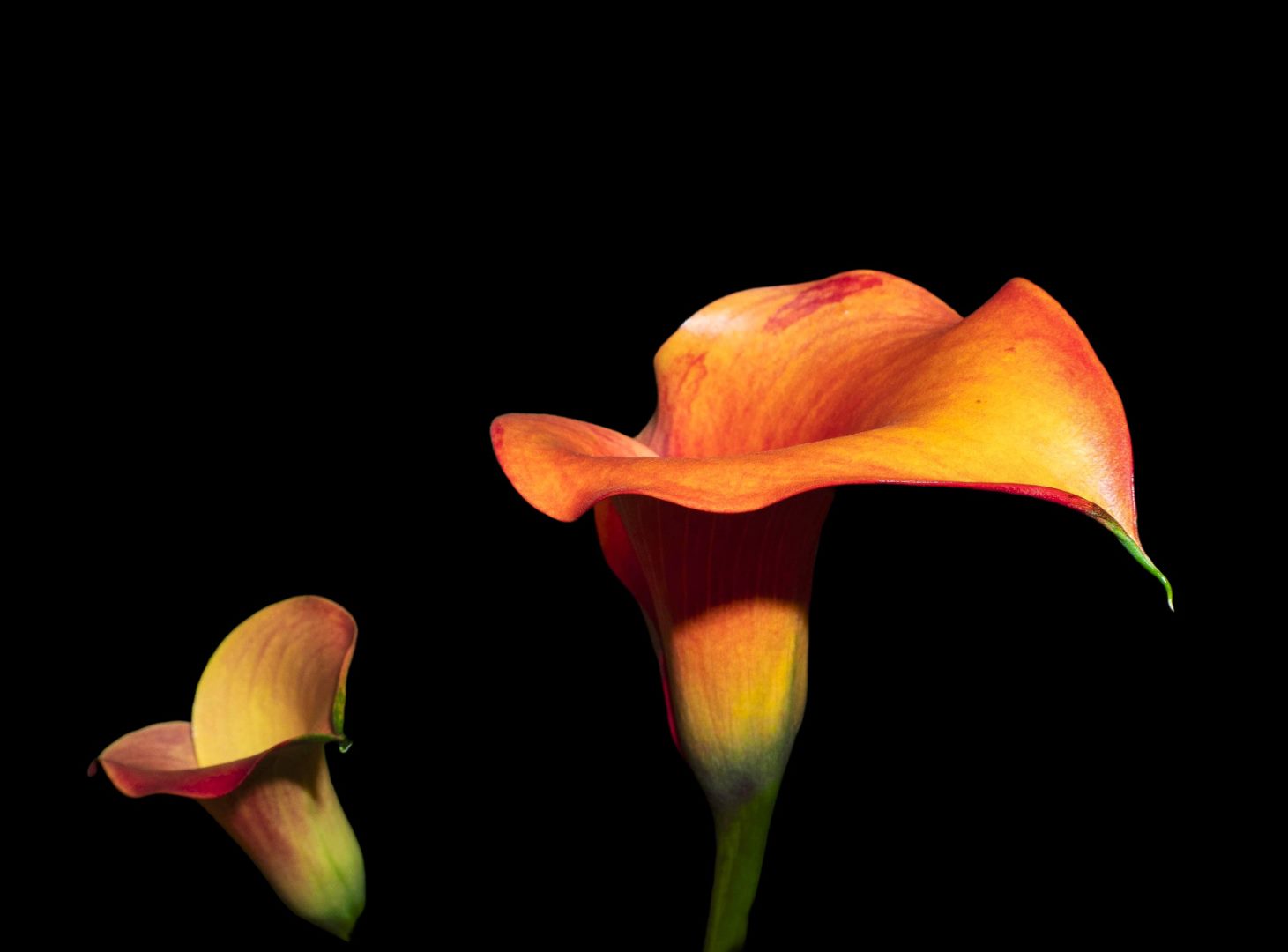
Introduction
Captain Calla (Calla palustris) is a remarkable aquatic plant that thrives in diverse wetland ecosystems. Its distinctive appearance and ecological significance make it a captivating subject for plant enthusiasts and naturalists alike. This comprehensive guide will explore the fascinating world of Captain Calla, shedding light on its characteristics, habitat, cultivation, and environmental implications.
Botanical Characteristics
Leaves
- Arrowhead-shaped leaves with distinctive parallel veins
- Long, slender petioles (leaf stalks)
- Submerged or emergent leaves with different morphologies
Flowers
- Inconspicuous, small, and greenish-white
- Arranged on an erect spadix (central stalk) enclosed by a spathe (modified leaf)
- Monoecious with male and female flowers on the same plant
Roots and Rhizomes
- Fibrous roots that anchor the plant in soft substrates
- Elongated, fleshy rhizomes that store energy and facilitate vegetative reproduction
Habitat and Distribution
Captain Calla is a cosmopolitan species found in wetlands worldwide, including:
- Marshes
- Swamps
- Floodplains
- Lakes
- Ponds
It prefers shallow, acidic waters with soft, organic bottoms and tolerates fluctuating water levels.
Cultivation
Propagation
Captain Calla can be propagated from:
- Seed: Collect seeds in late summer and sow them in moist soil or water.
- Rhizomes: Divide rhizomes in spring or fall and plant them in shallow water or soil.
Growing Conditions
- Light: Prefers full sun to partial shade
- Water: Maintain consistently moist conditions
- Soil: Sandy or loamy soil with a high organic content
- pH Level: Slightly acidic to neutral (5.5-7.0)
Ecological Significance
Food and Shelter
Captain Calla provides food and shelter for a variety of aquatic organisms, including:
- Fish
- Amphibians
- Insects
- Birds
Water Quality
The plant helps improve water quality by:
- Filtering pollutants
- Reducing erosion
- Providing habitat for beneficial bacteria
Carbon Sequestration
Captain Calla plays a role in carbon sequestration by absorbing and storing carbon dioxide in its biomass.
Conclusion
Captain Calla is a versatile and ecologically significant aquatic plant that enriches wetlands ecosystems. Its distinctive leaves, inconspicuous flowers, and extensive rhizome system contribute to its unique appearance and ecological value. By understanding the characteristics, habitat, cultivation, and ecological implications of Captain Calla, we appreciate its intricate role in the natural world.


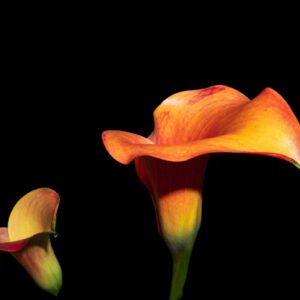

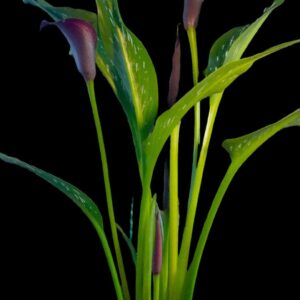

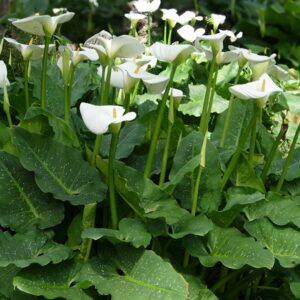
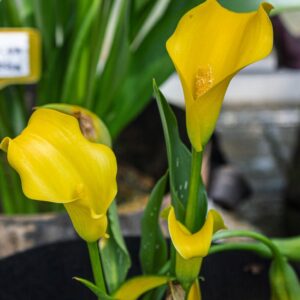
Leave a Reply